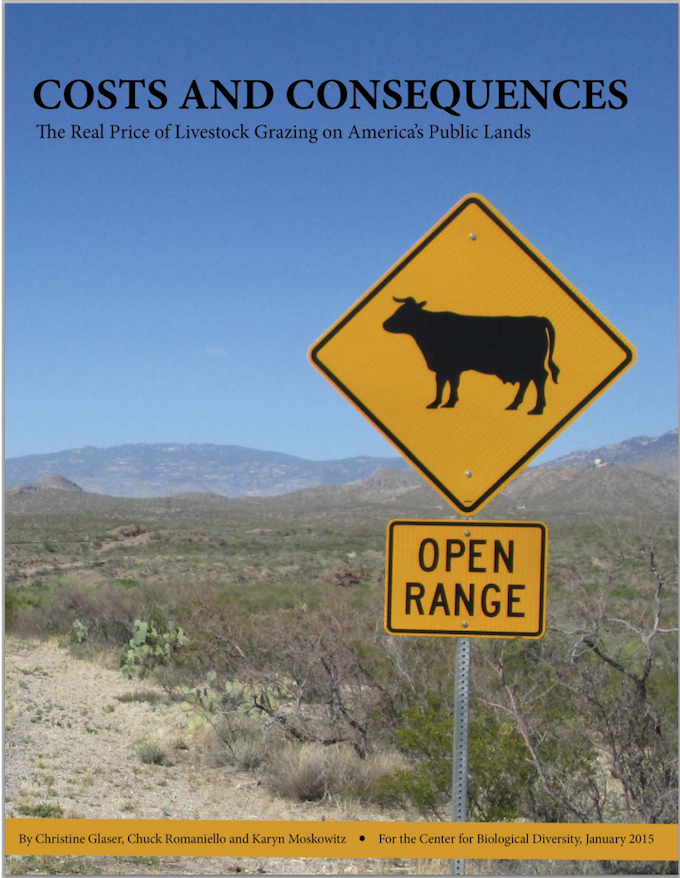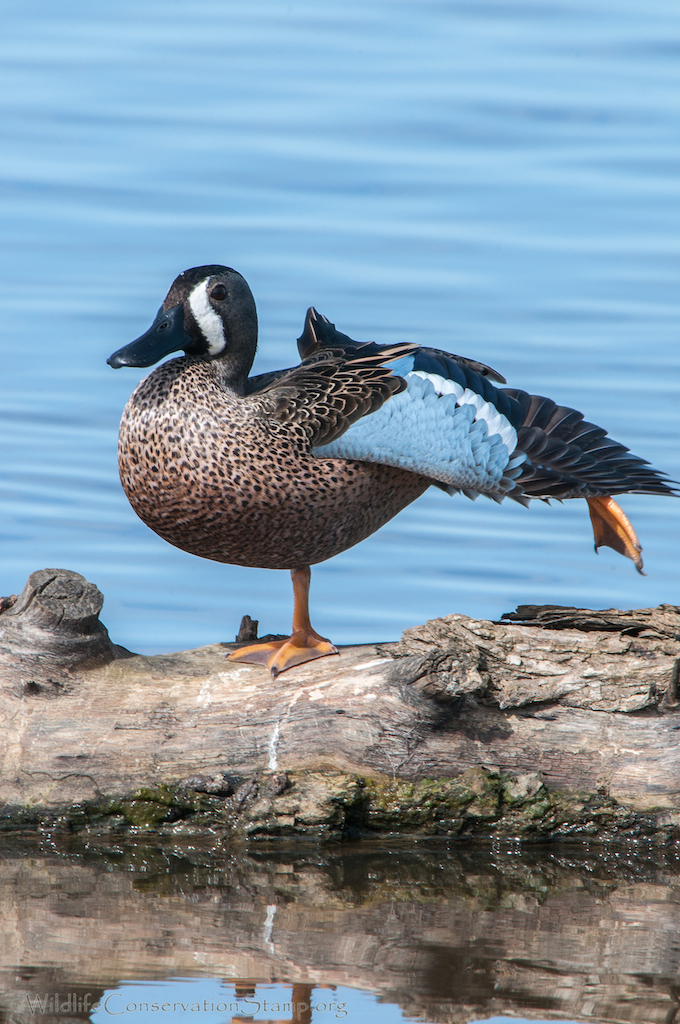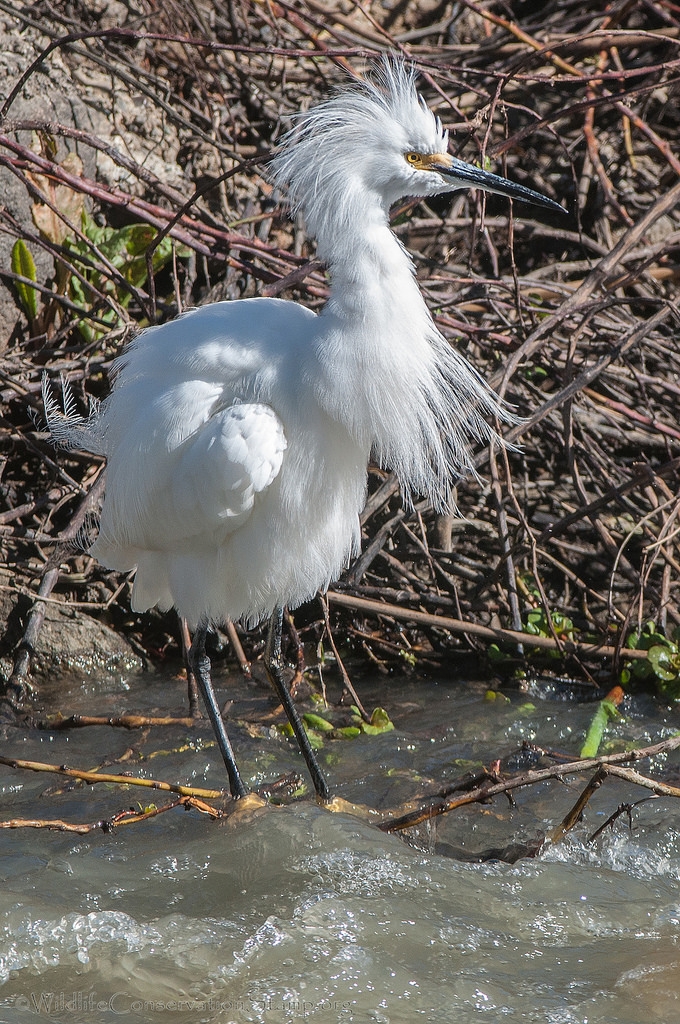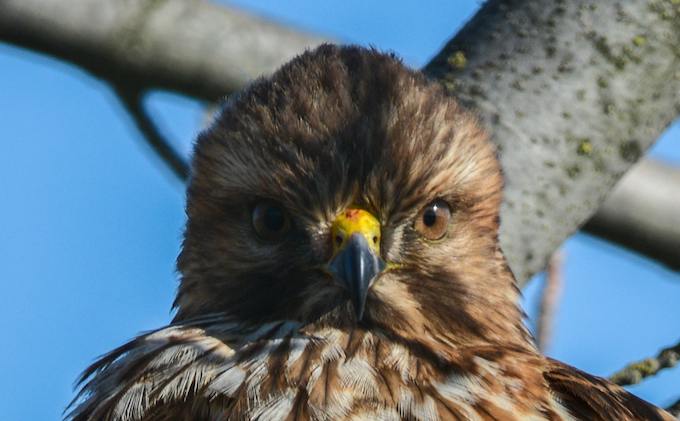
WASHINGTON— A new analysis finds U.S. taxpayers have lost more than $1 billion over the past decade on a program that allows cows and sheep to graze on public land. Last year alone taxpayers lost $125 million in grazing subsidies on federal land. Had the federal government charged fees similar to grazing rates on non-irrigated private land, the program would have made $261 million a year on average rather than operate at a staggering loss, the analysis finds.
The study, Costs and Consequences: The Real Price of Livestock Grazing on America’s Public Lands, comes as the Obama administration prepares Friday to announce grazing fees for the upcoming year on 229 million acres of publicly owned land, most of it in the West. The report was prepared by economists on behalf of the Center for Biological Diversity.
“Public lands grazing has been a billion-dollar boondoggle over the past decade and hasn’t come close to paying for itself,” said Randi Spivak with the Center for Biological Diversity. “Livestock owners pay less to graze their animals on publicly owned land in 2014 than they did in 1981. Today the monthly cost of allowing a cow and calf to graze on federal lands is about the equivalent of a can of dog food. This damaging and expensive grazing program has been broken for years and needs to be fixed. Taxpayers, and the land we all own, deserve better.”
The gap between federal grazing fees and non-irrigated private land rates has widened considerably, according to the study. Bureau of Land Management and U.S. Forest Service grazing fees are $1.35 per month per animal unit (a cow and a calf), just 6.72 percent of what it would cost to graze livestock on private grazing lands. This is a marked decline from the federal fee being 23.79 percent of non-irrigated private rates when the federal fee first went into effect in 1981.
“The fees for grazing on U.S. Forest Service and Bureau of Land Management lands needs to be seriously reevaluated,” said Christine Glaser, an economist with GreenFire Consulting and author of the report. “Over the past three decades the fee formula has clearly decoupled public grazing fees from the development of private, state and other federal agencies grazing fees. Bottom line, this formula shields public lands ranchers from grazing rate increases that every other livestock operator has to live with.”
There are about 800,000 livestock operators and cattle producers in the United States. Of those, fewer than 21,000 — or 2.7 percent of the nation’s total livestock operators — benefit from the Forest Service and BLM grazing programs in the West.
“The Public Rangeland Improvement Act subsidizes a small segment of the livestock industry,” said the study’s co-author and former Interior Department economist Chuck Romaniello. “There needs to be a discussion as to what the appropriate level of that subsidy should be, including if there should be a subsidy at all.”
The federal subsidy of the grazing program goes beyond the direct costs and fees. There are vast indirect costs to grazing on federal lands, including the government killing of native carnivores perceived as threats to wildlife, wildfire suppression caused by invasive cheat grass facilitated by cattle grazing, and expenditure of U.S. Fish and Wildlife Service funds from protecting other species threatened by livestock grazing. “The full cost of the federal grazing program is long overdue for a complete analysis,” the study said.
One of the main reasons I believe there should be no livestock grazing on public lands is because of the government killing of native carnivores perceived as threats to the cattle. You can read the full report here.
###
The Center for Biological Diversity is a national, nonprofit conservation organization with more than 800,000 members and online activists dedicated to the protection of endangered species and wild places.








Social Media Connect